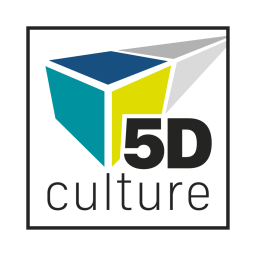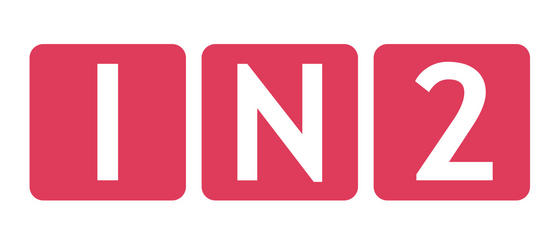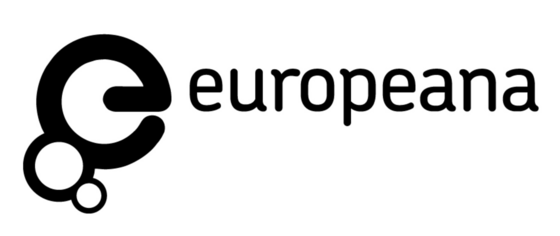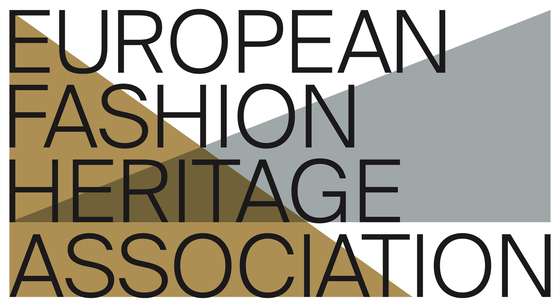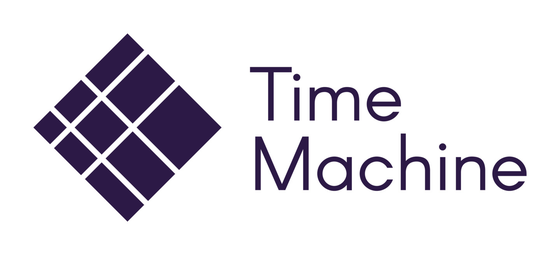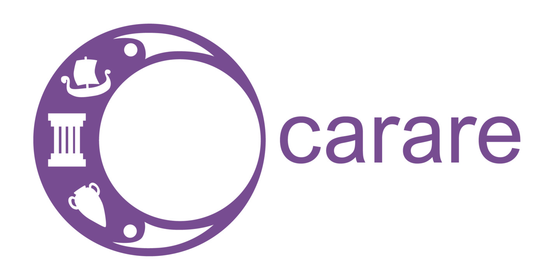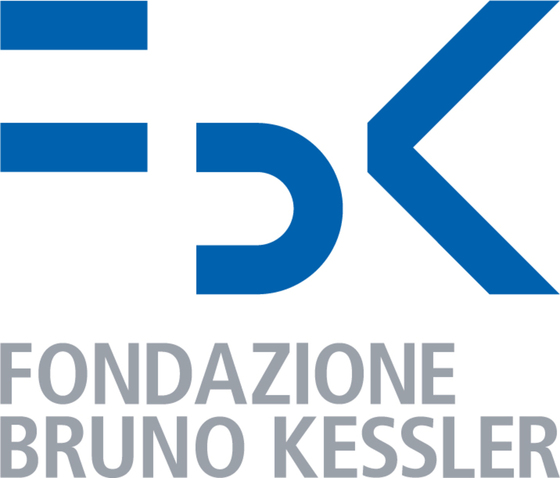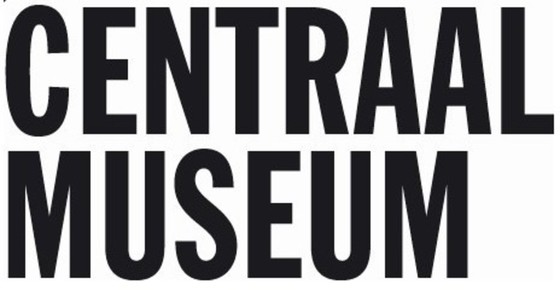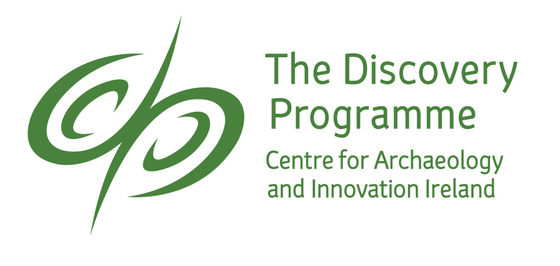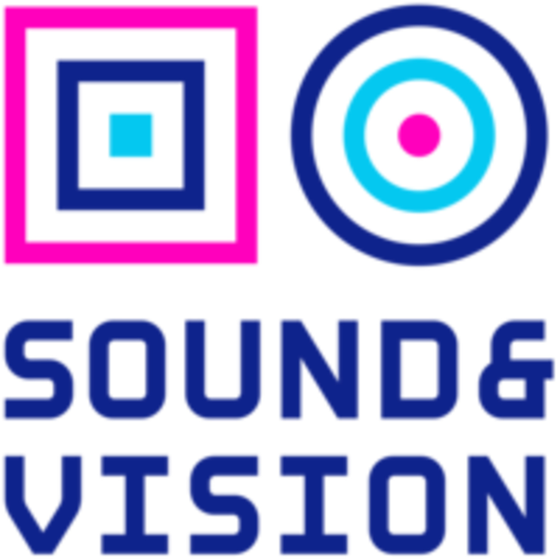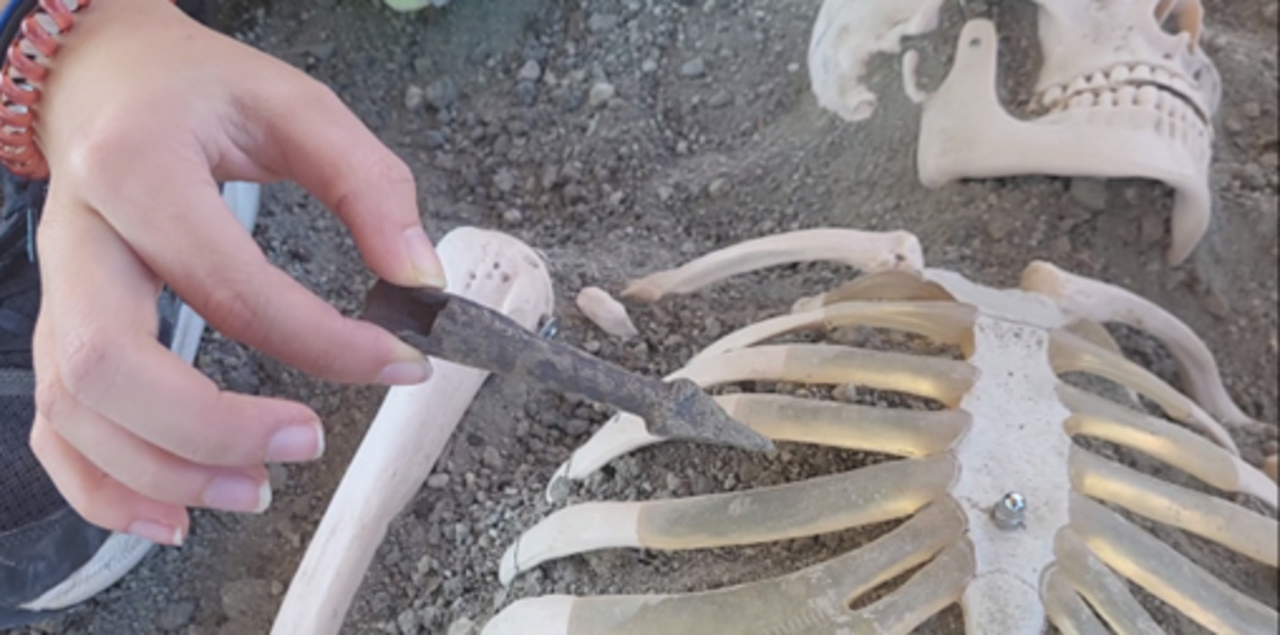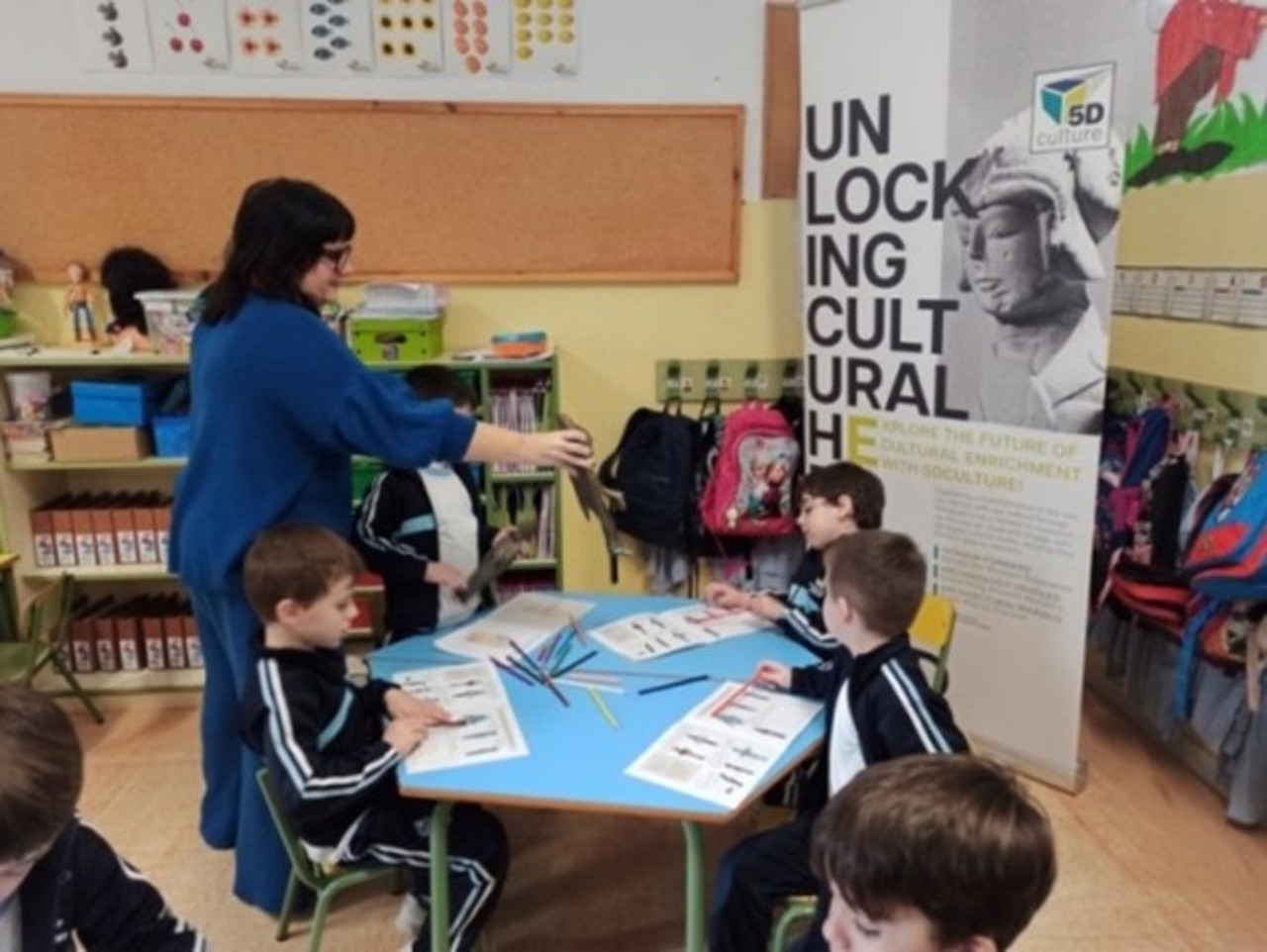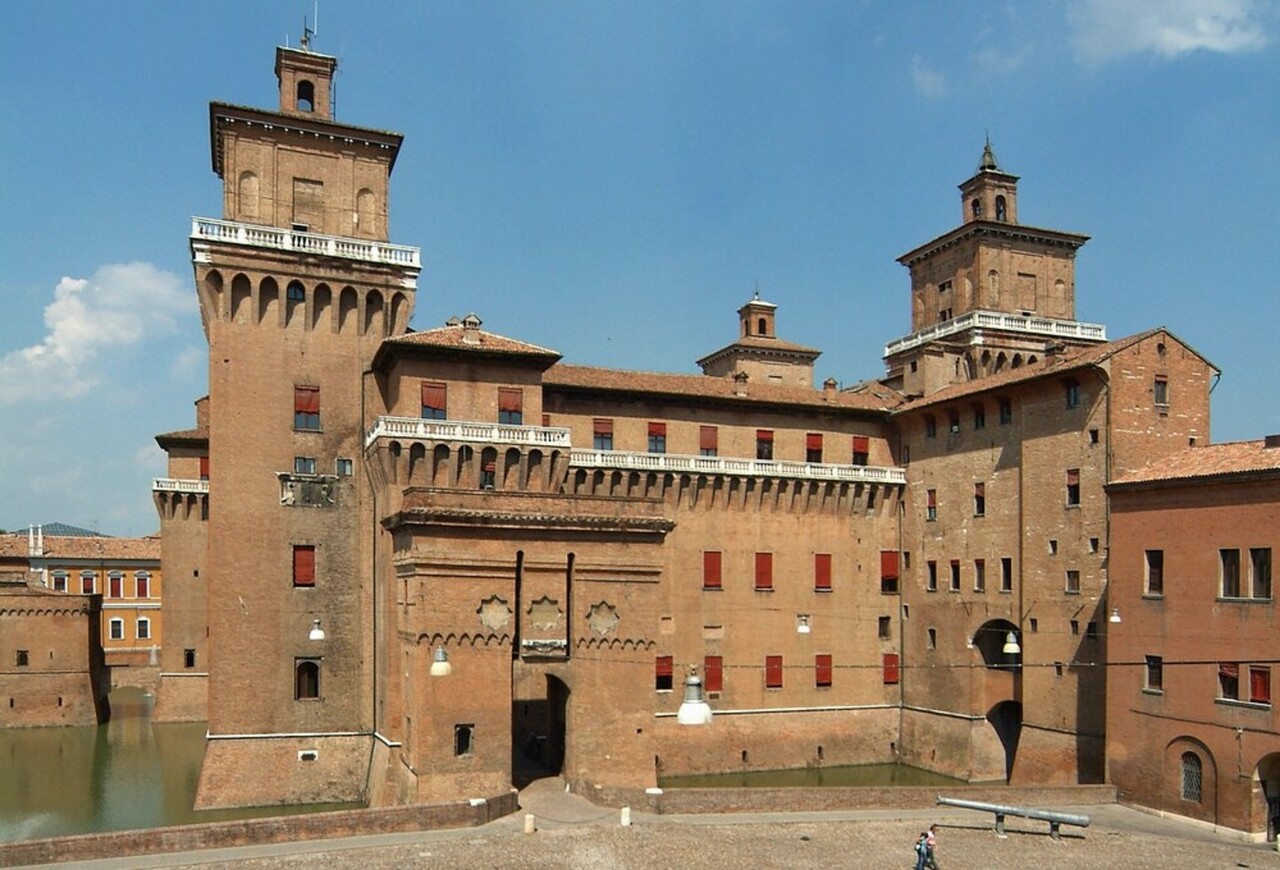Arctur, established in 1992, is a Hi-Tech SME and the main private-owned supplier of HPC (High Performance Computing) services and solutions in CEE. Arctur has its own HPC and Cloud Computing infrastructure in a distributed, high-redundancy environment. The company has extensive experience in development and deployment of complex IT solutions (e.g. AI, Blockchain, HPC…) in various sectors: from manufacturing to tourism and cultural heritage. Employing 50 experts, Arctur has 15+ years of experience in collaboration, coordination, quality assurance and internal evaluation of transversal activities within EU projects (H2020, HEU, CEF, Interreg, Erasmus+, EMFF, national projects). These collaborations lead to many affiliations, among them also HEIs.
Arctur`s Tourism 4.0 paradigm unlocks the innovation potential in the whole tourism sector. It takes key enabling technologies from Industry 4.0 (Internet of Things, Big Data, Blockchain, Artificial Intelligence, Virtual/Augmented Reality) and makes them accessible to local inhabitants, local authority, tourists, service providers and government to enable a co-creation approach to enriched tourism experience in both the physical and the digital worlds. Some of Tourism 4.0 Innovations - e.g. Tourism Impact Model, were internationally awarded (Best AI and Big Data Analytics, Tourism Summit, Spain 2020).
In 2021 Arctur became the Ambassadors of the Slovenian economy within the communication campaign I FEEL SLOVENIA. GREEN. CREATIVE. SMART because of its Tourism 4.0 achievements.
One of the main pillars of Tourism 4.0 is Digital Innovation of Cultural Heritage, where our experts are collaborating with leading research and academia, public institutions (DMOs, municipalities, ministries, etc.), SMEs. We provide services of data acquisition, from 3D scanning and photogrammetry of both movable and immovable items to aerial photogrammetry and multispectral sensing. Arctur has been instrumental in helping Slovenia to achieve its ambitious vision and become the leading European country in the digitally rich experience of immovable cultural heritage. In the last two years, over 100 units of CH were digitised, Slovenia received the Destination of Sustainable Cultural Tourism award 2021. Arctur was also the main smart technology provider in EXPO2020, the Slovenian Pavilion.
Arctur owns a Huture centre - the new European competence centre, a space for all key stakeholders to meet and re-invent European heritage for the future in which we, human beings, smartly walk the change using technology to happily live with and in nature.
